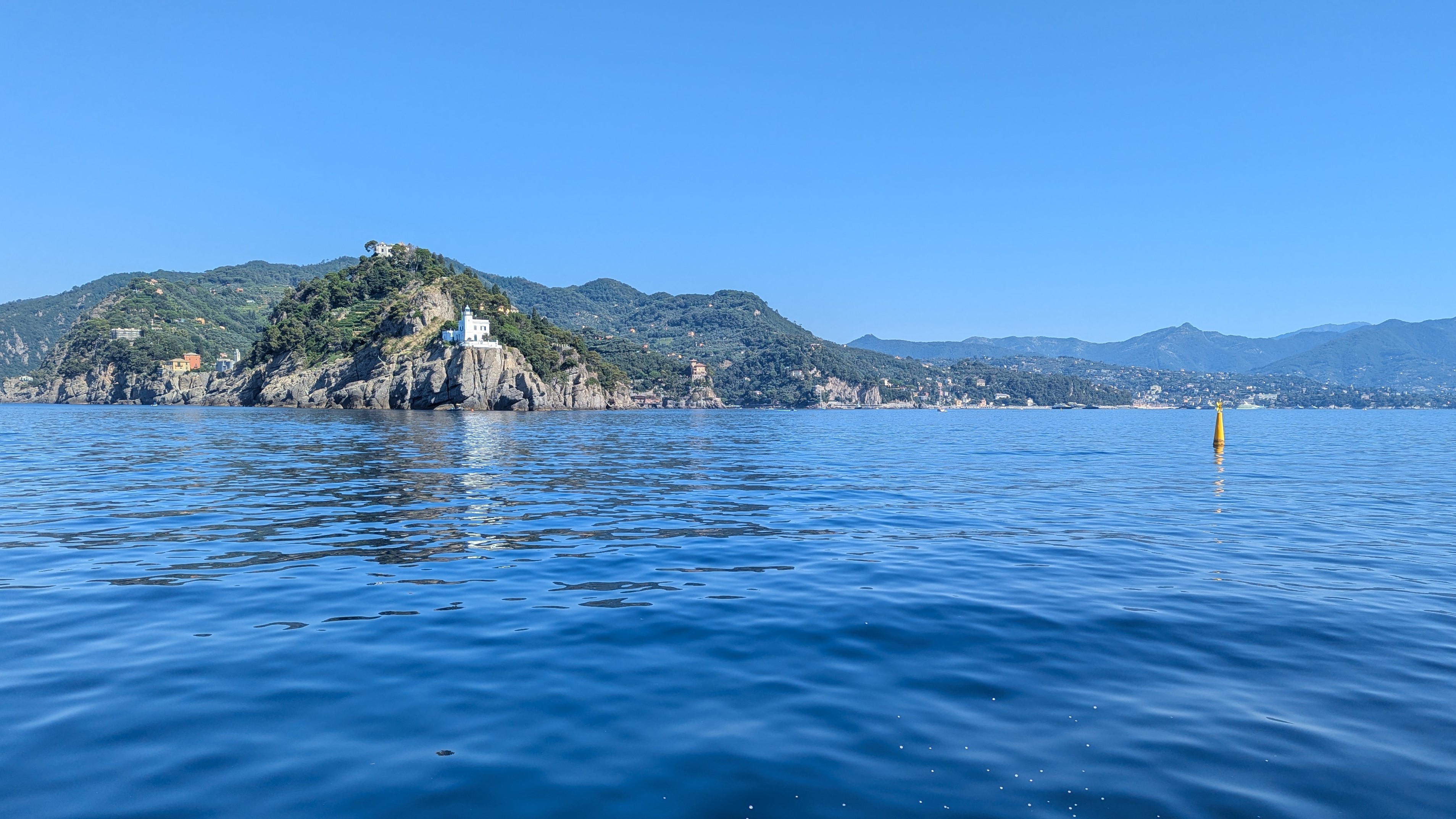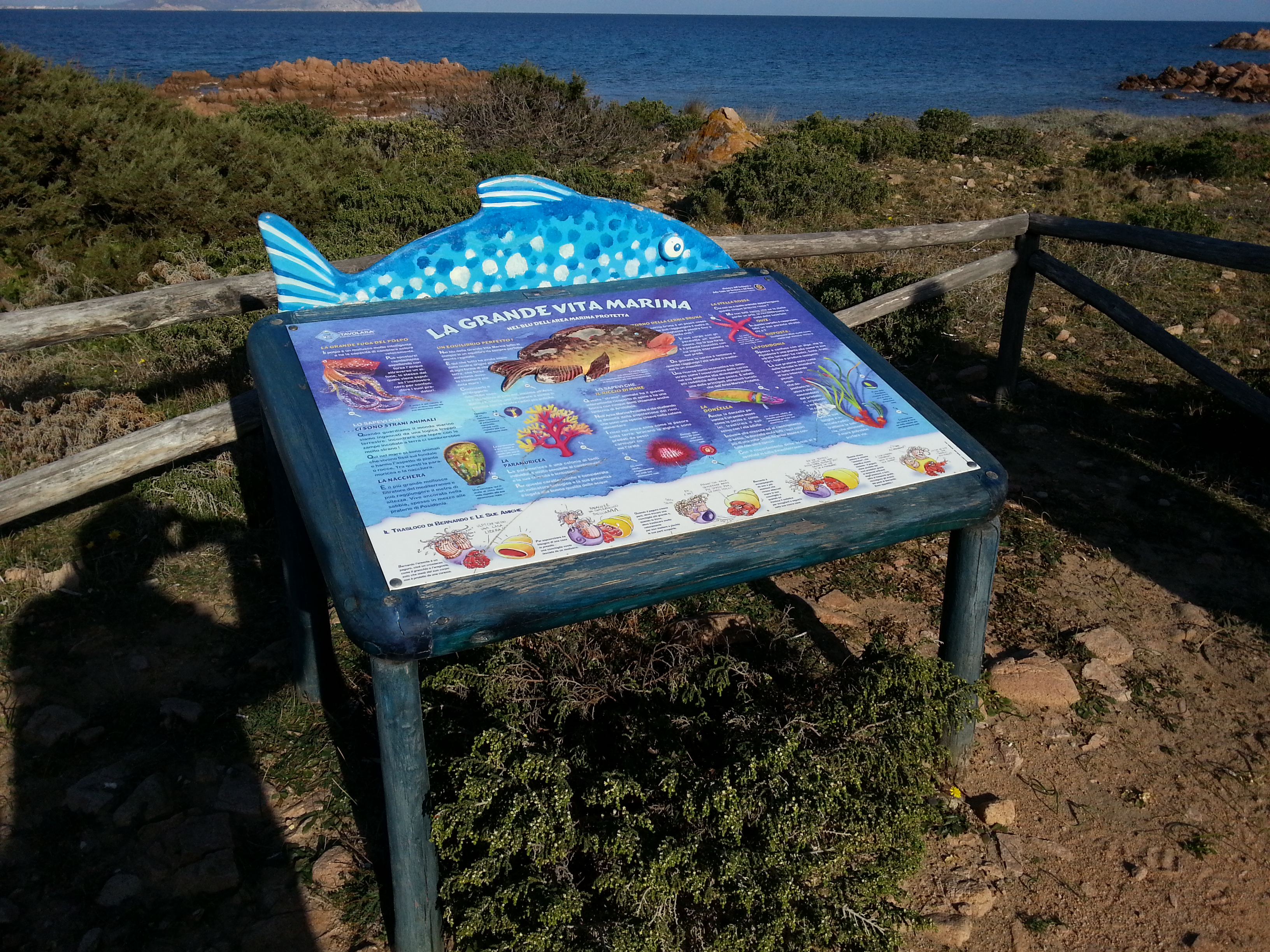People & MPAs – 30x30 Story Collection
Rules, Results, and Room to Improve: Italy’s Evolving Approach to Marine Protected Areas
August 22, 2025
By Maria Elena De Matteo
This story is based on a transcribed interview with Leonardo Tunesi, who served as Head of Unit at ISPRA (Institute for Environmental Protection and Research) until February 2025 and is currently a retired research director associated with ISPRA. The interview was conducted as part of the ACTeon study for the Med Sea Alliance.

Italy’s journey with Marine Protected Areas (MPAs) began more than four decades ago. The country passed its first national marine protection law in 1982, paving the way for the creation of a formal MPA network, initially with 20 sites across the country. Since then, the system has grown in scope and complexity, supported by national authorities, scientific bodies, and local managers.
Leonardo Tunesi has been part of this journey from the beginning. First, as an independent researcher contributing to early MPA studies, and later through his long-standing role at ISPRA, he has helped shape how Italy designs, manages, and evaluates its protected marine spaces. His insights offer a behind-the-scenes look at what works, where gaps remain, and how Italy is navigating the evolving demands of marine conservation.
A Legal Backbone and Zoning Logic
Italy’s national MPAs are established and governed through a clear legal framework under the Ministry of Environment. Each site is defined by two ministerial decrees: one that sets out its perimeter and zoning scheme, and another that delegates its management, typically to a consortium, local authority, or NGO.
The zoning types are codified at the national level, ranging from no-entry/no-take areas to zones for general reserve use, with some allowing artisanal fishing or regulating vessel traffic. Strict industrial fishing activities like trawling and purse seining are banned across all zones, along with spearfishing and jet-ski use.
“Rules are in place everywhere,” Leonardo explains. “In theory, every MPA has a management plan—what we call a REO (Regolamento di Esecuzione e Organizzazione, i.e. Implementing and Management Regulation)—but the quality and implementation vary.”
One of the strengths of Italy’s system is this zoning clarity. Over time, many MPAs have refined their regulations to better reflect ecological and social needs. But others still operate under management frameworks drafted more than 20 years ago, highlighting the need for national updates and harmonisation.

Institutional Roles and Governance Complexity
ISPRA plays a technical support role, assisting the Ministry of Environment in establishing new MPAs and assessing existing ones, including Italy’s 11 Specially Protected Areas of Mediterranean Importance (SPAMIs), plus the Pelagos Sanctuary. These SPAMIs must undergo re-evaluation every five years to retain their designation within the framework of the Barcelona Convention (UNEP-MAP).
But while the rules are clear, the implementation can be uneven. “In an ideal world,” Leonardo notes, “we’d have four layers: good rules, strong stakeholder awareness, real enforcement, and regular monitoring.”
That’s not always the case. For example, when the local managing body of the Capo Gallo–Isola delle Femmine MPA struggled to enforce its plan, the ministry temporarily transferred management to the coast guard—an authority that can uphold rules but isn’t equipped for ecological planning or stakeholder engagement.
Personnel and Continuity: A National Challenge
A key implementation issue lies in staffing. While MinAmb, on the basis of national legislation, covers many core costs of MPA operations, it only directly funds the site director. The rest of the team must be financed by the local managing body, which in some cases in the past has led to high staff turnover and loss of institutional memory.
“It would be important for the ministry to guarantee a minimum team to ensure continuity,” Leonardo says. “In some MPAs, that continuity depends entirely on the director’s capacity and long-term commitment.”
Outcomes: From Passive Protection to Repopulated Waters
Despite these challenges, Italy’s MPAs have produced notable successes, especially when management, enforcement, and scientific research align.
Sites like Torre Guaceto have seen significant fish population recovery, with professional fishers reporting improved catch quality and income. Other examples include Tavolara–Capo Coda Cavallo and Portofino, both studied by external researchers and ISPRA, although many of the findings remain unpublished.
Even in less dynamic cases, protection often results in at least passive benefits. “There’s no MPA in Italy where things have worsened after designation,” Leonardo affirms. “At minimum, conditions stay the same. But more often, they improve—sometimes dramatically.”

The Takeaway
Italy’s marine conservation system is structured, mature, and evolving—but it isn’t without flaws. Harmonising management plans, ensuring consistent staffing, and closing the gap between paper rules and field enforcement will be essential for long-term success.
“MPAs are not just about designating zones. They’re living systems that need the right people, tools, and feedback loops to thrive,” he concludes.
Get Involved Now
The Mediterranean Sea, a vital hub of marine biodiversity, is facing an unprecedented threat from illegal fishing practices